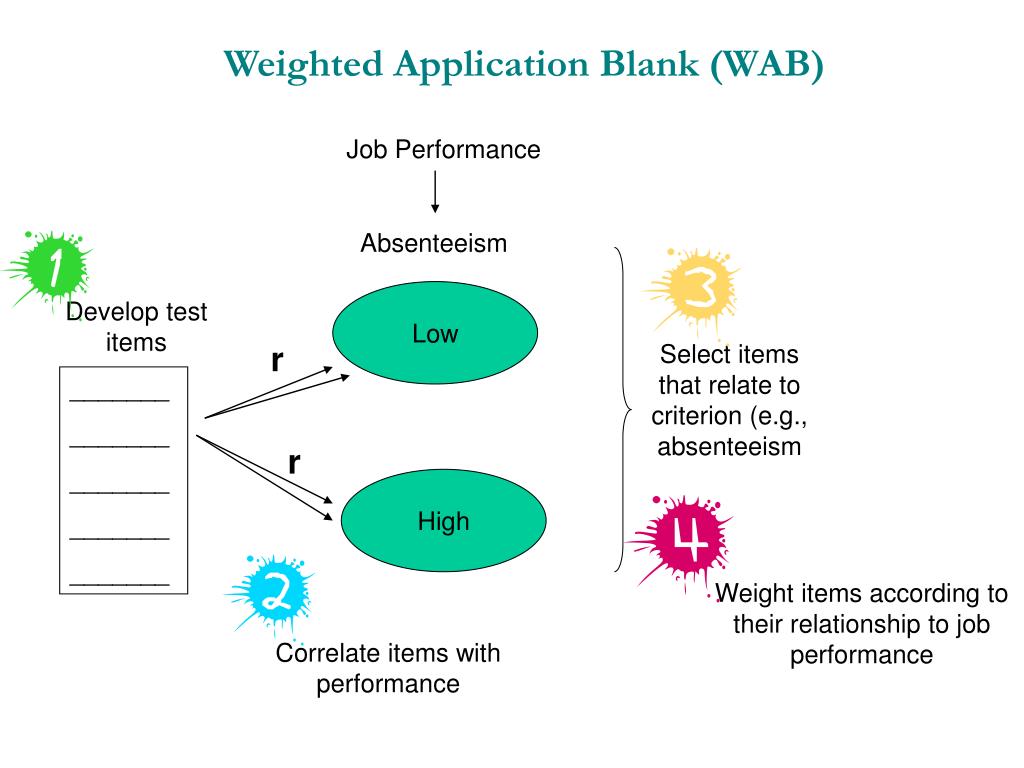

Scoring and interpreting projective tests requires special training, but the tests can be very helpful in identifying personality problems. The test is used to identify a person's emotions, motives, and problems. The Thematic Apperception Test (TAT), developed by Henry Murray, consists of a series of ambiguous pictures, which the subject is requested to describe and tell a story about. The ambiguous inkblots in the well‐known Rorschach inkblot test, developed by Hermann Rorschach, are perceived differently by different people, and those perceptions are believed to be related to the subjects' problems. Projective techniques assess personality by presenting ambiguous stimuli and requiring a subject to respond, projecting his or her personality into the responses. For example, Cattell's 16 PF (personality factor) questionnaire assesses the personality traits defined in Cattell's trait theory. Some tests assess personality as defined by a particular theory. The California Personality Inventory (CPI) is also used extensively, generally with people who do not have personality problems. The Minnesota Multiphasic Personality Inventory (MMPI) ( multiphasic, many phased, because the test simultaneously measures a number of personality dimensions) is widely used to identify personality problems. To be useful, such tests must be reliable (that is, they must yield very close scores each time they are administered to a particular individual) and valid (that is, they must measure what they are designed to measure). The many and various paper‐and‐pencil tests are used for a variety of purposes. During the interview, the examiner forms an opinion about personality characteristics (as is done, for example, also in the nonclinical setting of a job interview). The examiner may ask a standardized set of questions ( structured interview) or engage in a conversational interchange with the subject ( unstructured interview). Interviews, during which subjects' behaviors are observed, may be structured or unstructured. Such observations are also an important part of clinical assessments by clinical psychologists and other professionals. Most people use behavioral observations to form impressions of others. The information can be used in several areas, including clinical work, vocational counseling, education, and research.īehavioral observations. To be useful, such assessments must be constructed using the established criteria of standardization, reliability, and validity. Personality Assessment Personality assessment is conducted through behavioral observations, paper‐and‐pencil tests, and projective techniques.



 0 kommentar(er)
0 kommentar(er)
